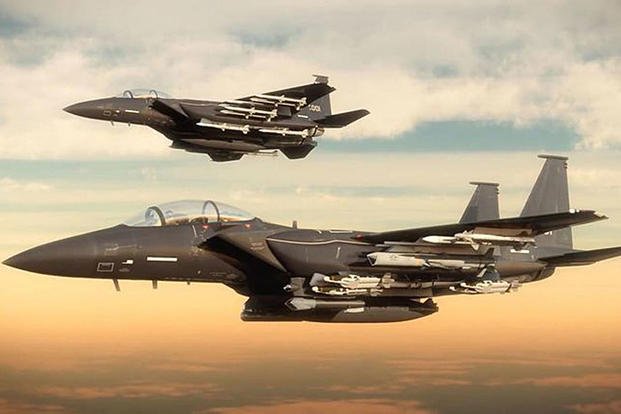UK unveils new Tempest fighter jet model
16 July 2018
A model of the UK's planned new fighter jet, the Tempest, has been unveiled at the Farnborough Air Show.
The UK's Defence Secretary, Gavin Williamson, said the jet could be
used with either pilots or as a drone.
The craft will
eventually replace the existing Typhoon fighter jet. It will be developed and built by BAE Systems, engine maker Rolls-Royce, Italy's Leonardo and missiles expert MBDA.
Mr Williamson said the UK would be investing £2bn in the new project.
The hope is to see it flying by 2035.
Mr Williamson said the programme was aimed at ensuring the UK's continued leadership in fighter technology and control of air space in future combat: "We have been a world leader in the combat air sector for a century, with an enviable array of skills and technology, and this strategy makes clear that we are determined to make sure it stays that way."
He added that the UK, currently excluded from the latest fighter programme underway between France and Germany, was not against forming a partnership with other nations: "It shows our allies that we are open to working together to protect the skies in an increasingly threatening future - and this concept model is just a glimpse into what the future could look like."
'Direction of travel'
According to BBC defence correspondent Jonathan Beale, the Tempest looks remarkably similar to the current generation of stealth jets, including the US developed-F 35.
Its sleek lines are designed to be hard to detect by radar, but unlike the current generation of jets it could also operate as a drone without a pilot.
It would also be the first British-designed jet to carry laser directed energy weapons capable of shooting down aircraft and missiles.
Aeropace giant Airbus welcomed the new jet programme: "Airbus welcomes the UK's commitment of funding for the future fighter project. We look forward to continuing collaborative discussions with all relevant European players."
Earlier, the chief executive of BAE Systems, Charles Woodburn, told the BBC's Today programme that the new jet would be some time in coming.
"We already have the Typhoon platform which forms the absolute bedrock of European air defence and that'll be in service for decades to come," he said.
He added that the inner workings of the new craft would start life within the Typhoon.
"
The important thing about the new concept is that it will illustrate a direction of travel and many of those technologies that will be embodied in that will first see their service through the Typhoon.
"For example, upgrades on the avionics, upgrades in the weapons systems, upgrades in the radar will be deployed through the Typhoon and will be deployed there and then."





